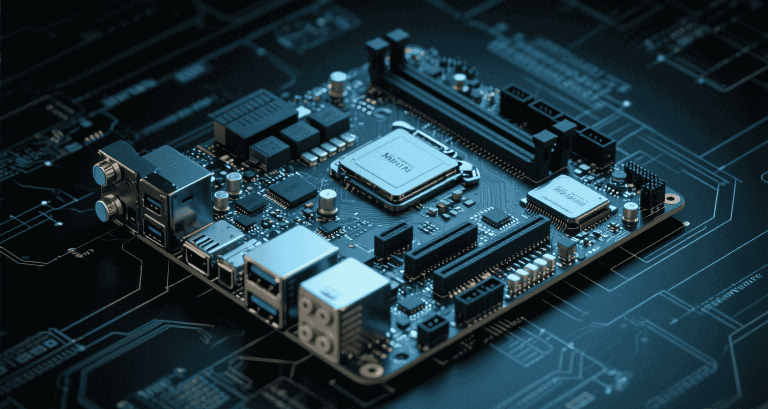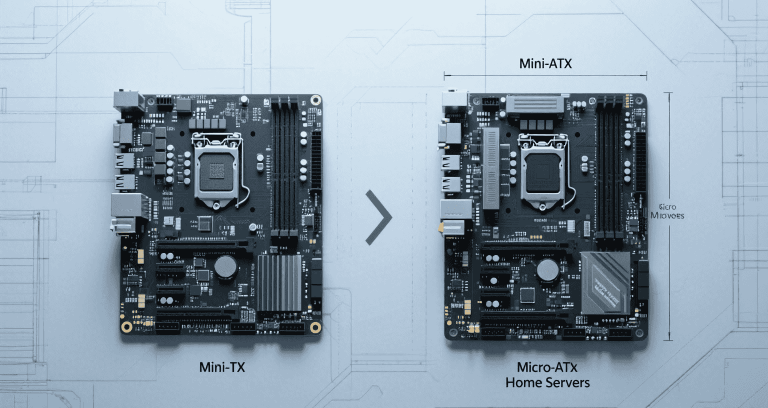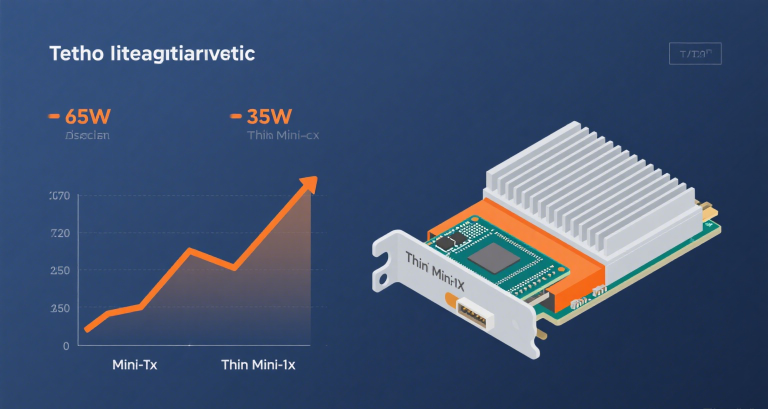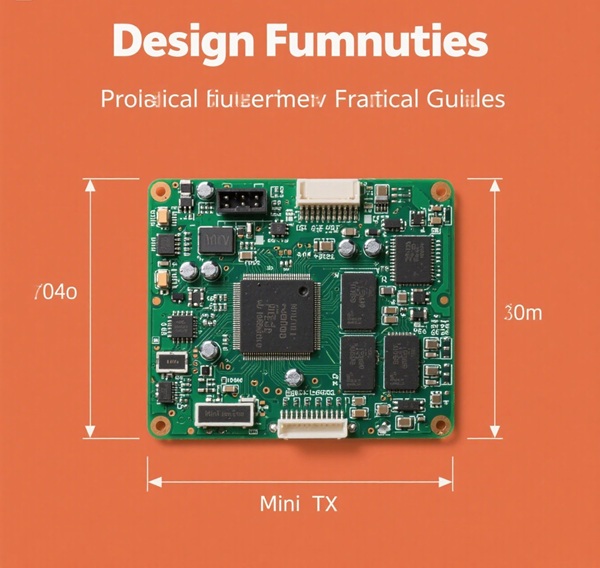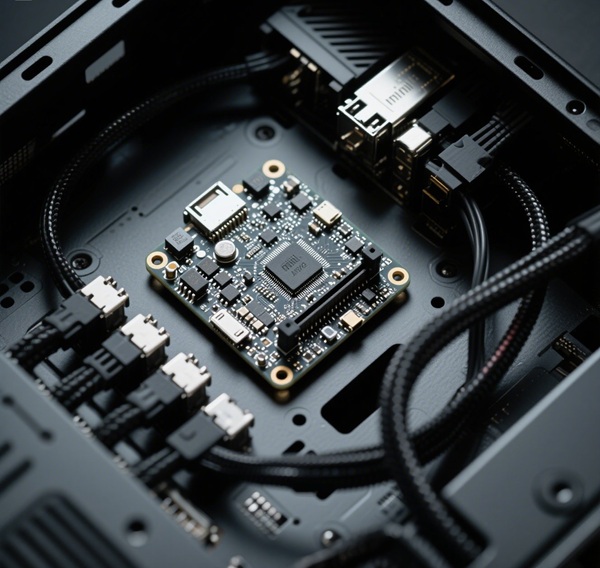MSI Mini-ITX Boards: Architecture, Performance, and Integration
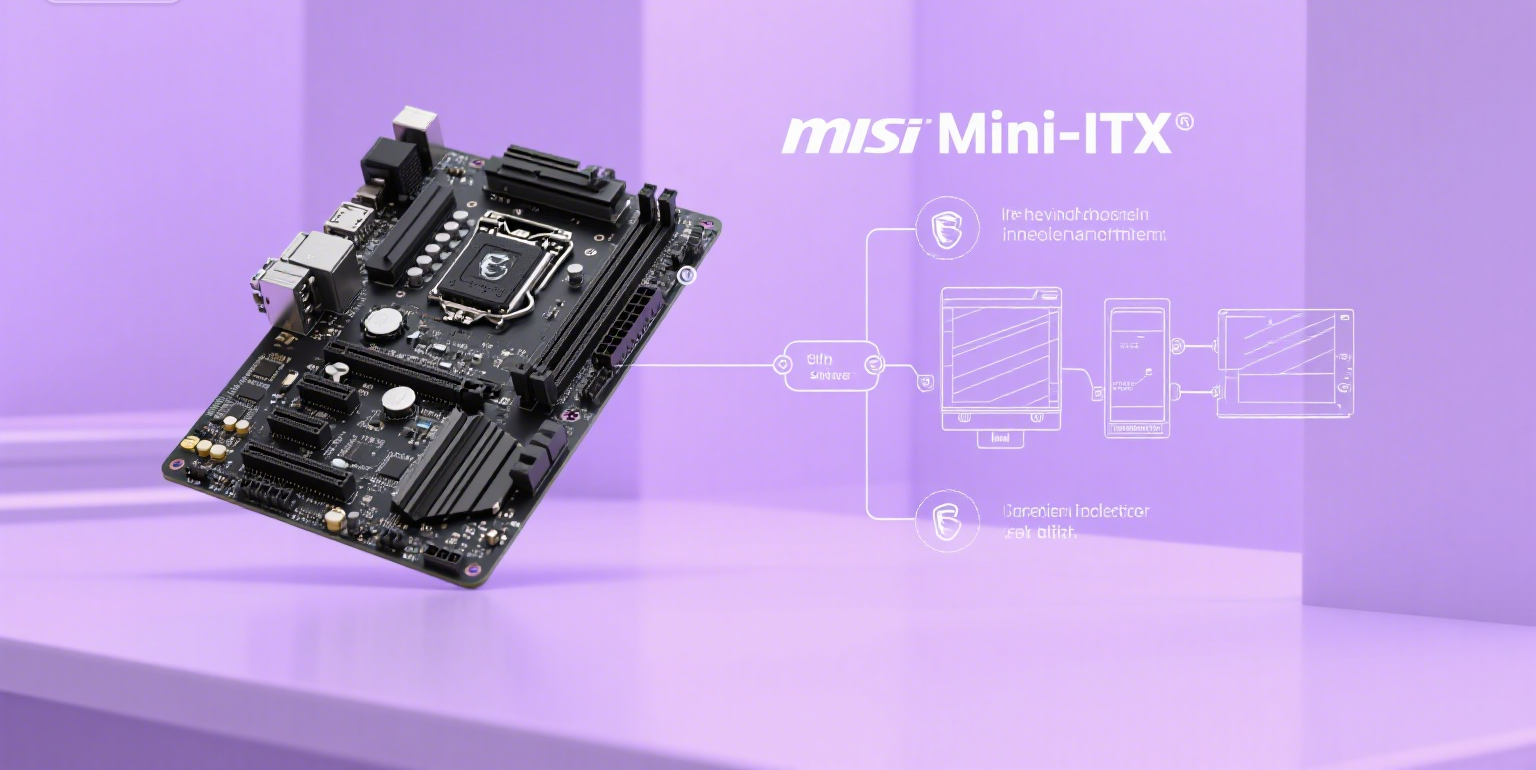
Table of Contents
- Essential Introduction
- Product Portfolio Overview
- Form Factor and Mechanical Design
- VRM and Power Delivery Architecture
- Power Delivery and GPU Support
- Memory Subsystem
- PCIe and Storage Capabilities
- Networking and Connectivity
- BIOS and Firmware Features
- Thermal Management and Cooling
- Embedded and Industrial Applications
- Best Practices and Recommendations
Essential Introduction
In today’s demanding computing environments, where space constraints, high performance, and rock-solid reliability must co-exist, MSI Mini-ITX boards have rapidly become a compelling choice. Whether you’re developing rugged embedded systems, compact edge AI nodes, or performance-focused workstations, MSI’s boards combine innovative engineering with proven stability. This guide is carefully designed for hardware engineers and embedded system integrators to evaluate platform suitability, understand architectural nuances, and plan successful deployments.
Product Portfolio Overview
MSI’s Mini-ITX lineup spans AMD and Intel platforms, each targeting unique performance envelopes and deployment scenarios.
2.1 AMD Platform Boards
The AMD-based boards cater to Ryzen processors across AM4 and AM5 sockets:
- B550I Gaming Edge WiFi: Ideal for Ryzen 5000 builds with robust PCIe Gen4 support.
- X570I Gaming Edge WiFi: Adds dual M.2 slots and active chipset cooling.
- B650I Edge WiFi: Future-proofs AM5 builds with PCIe Gen5 and DDR5 support.
Consideration: AM5 boards benefit from advanced power delivery but require careful thermal management.
2.2 Intel Platform Boards
Intel options focus on 12th and 13th Gen CPUs:
- Z690I Unify: Emphasizes overclocking with a direct 10-phase VRM.
- Z790I Edge WiFi: Enhanced DDR5 compatibility and improved heatsinks.
- B760I Edge WiFi: More affordable while retaining PCIe 5.0 GPU slot.
| Model | CPU Support | Max Memory | PCIe |
|---|---|---|---|
| B550I Gaming Edge | Ryzen 5000 | 128GB DDR4 | Gen4 |
| B650I Edge | Ryzen 7000 | 128GB DDR5 | Gen5 |
| Z690I Unify | Intel 12th Gen | 128GB DDR5 | Gen5 |
Form Factor and Mechanical Design
All MSI Mini-ITX boards conform to the 170×170 mm footprint, compatible with thousands of enclosures.
USB and Header Placement
Careful inspection of header layout is essential to avoid interference. Notable considerations:
- Front USB 3.0 headers often sit close to the PCIe slot—plan cable routing.
- AM5 models include USB-C headers with 20Gbps speeds; older AM4 boards do not.
Tip: Use right-angle adapters for tight builds like the Dan A4 or Velka cases.
VRM and Power Delivery Architecture
Stable power delivery is critical, especially when running high-core-count CPUs. MSI’s Mini-ITX VRMs have improved in recent generations:
- Z690I Unify: 10-phase direct VRM rivals ATX boards.
- B550I: Reliable but runs hotter—requires airflow attention.
Real-World Insight: Under Cinebench loads, VRM temperatures stay under 70°C in well-ventilated cases, but small enclosures can see 80–90°C.
Power Delivery and GPU Support
Mini-ITX does not mean compromise on GPUs. All MSI boards provide full x16 PCIe slots with reinforcement:
- Steel Armor slots prevent flex and EMI interference.
- Ensure PCIe cables are high-quality and properly rated.
| GPU | Recommended PSU | Notes |
|---|---|---|
| RTX 3080 | 750W SFX | Ensure ventilation |
| RTX 4090 | 850W SFX-L | Use 3x PCIe cables |
Memory Subsystem
Memory compatibility is crucial for stability and performance.
Memory Support Highlights
- B550I: DDR4 up to 5100 MHz.
- B650I: DDR5 up to 6400 MHz.
- Z690I: DDR5 up to 7800 MHz.
Validation Advice: Always consult MSI’s QVL and run MemTest86 before production deployments.
PCIe and Storage Capabilities
MSI boards deliver excellent storage options in tight spaces:
- Multiple M.2 slots with heatsinks.
- Support for PCIe Gen4 and Gen5 drives.
Thermal management is critical: M.2 drives can exceed 70°C under load, reducing lifespan. Use included heatsinks and ensure case airflow.
Networking and Connectivity
All current MSI Mini-ITX boards feature 2.5G Ethernet and Wi-Fi 6 or 6E:
- Intel i225/i226 NICs offer low latency and advanced offloading.
- Wi-Fi modules can be upgraded (e.g., AX201 to AX210).
For industrial settings, hardwired Ethernet remains the best choice to avoid interference.
BIOS and Firmware Features
MSI’s UEFI BIOS provides granular control:
- Voltage offsets and loadline calibration for overclocking.
- Advanced fan curve configuration.
- Memory training tools to debug instability.
Best Practice: Keep BIOS updated—especially on AM5 platforms where AGESA maturity affects compatibility.
Thermal Management and Cooling
Efficient cooling is non-negotiable in compact builds. Observations from real deployments:
- Z690I: Large heatsinks handle VRM heat well.
- B650I: Smaller VRM heatsinks—use top-down coolers or directed airflow.
| Case | Max Cooler Height |
|---|---|
| NR200 | 155mm |
| Dan A4 | 48mm |
Embedded and Industrial Applications
MSI Mini-ITX boards are used in diverse scenarios:
- AI inference and data processing at the edge.
- Compact NAS systems with PCIe storage arrays.
- Rugged systems in harsh environments.
Remember to consider lifecycle (typically 3–5 years) and plan spares accordingly.
Best Practices and Recommendations
- Pre-validate component compatibility before purchase.
- Use premium thermal pads on NVMe drives.
- Prioritize airflow and use dust filters in industrial settings.
- Label cables and document builds for maintenance.
For further resources and in-depth support, visit MiniITXBoard.

